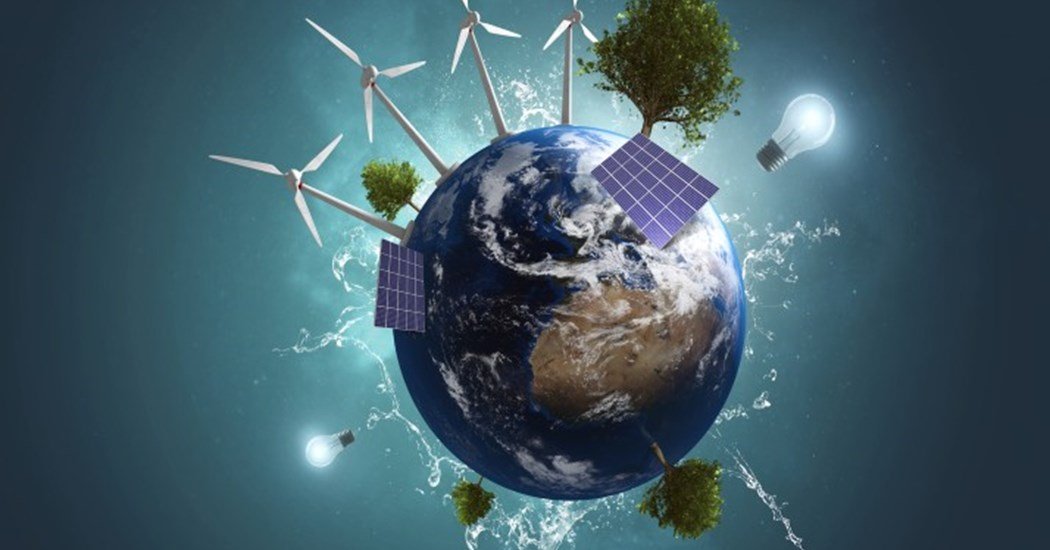The International Energy Agency (IEA) emphasizes Latin America’s critical role in the global transition to clean energy sources in its first energy outlook, which focuses on the region.

The International Energy Agency (IEA) emphasizes Latin America’s critical role in the global transition to clean energy sources in its first energy outlook, which focuses on the region. Latin America and the Caribbean are already at the forefront of this transition, with countries in the region incorporating hydropower, solar, wind, and biofuels into their energy portfolios.
Countries like Brazil, Mexico, Chile, and Argentina boast abundant solar and wind resources, while Chile, Peru, and Argentina are significant producers of copper and lithium—critical minerals essential for the energy transition. Additionally, Paraguay and Costa Rica stand as global leaders in clean electricity, as the majority of their power supply is derived from renewable sources.
Unlike the global average of 80%, fossil fuels constitute around two-thirds of Latin America’s energy mix, primarily due to the region’s substantial 60% share of renewables in electricity generation. Notably, hydropower alone contributes to 45% of the region’s electricity supply.
With current policies in place, the IEA predicts that the proportion of renewables in Latin America’s electricity supply will rise from just over 60% today to two-thirds by 2030 and a remarkable 80% by 2050.
Despite representing only 8% of the global population and 7% of the global economy, Latin America holds significant potential as a key driver of the global energy transition. This is attributed to the region’s abundant natural resources and longstanding commitment to renewable energy sources, as stated by IEA Executive Director Fatih Birol.
He emphasized that embracing these transitions would not only spur economic growth in local communities but also provide a more stable foundation for the world’s energy system.
To meet the announced commitments to clean energy and emissions reduction targets, funding for renewable energy projects in Latin America must double to $150 billion by 2030 and increase fivefold by 2050. In this scenario, the ratio of investment in clean sources versus unabated fossil fuels is expected to shift from the current 1:1 to an encouraging 4:1 in the 2030s, according to the IEA.
This transformative shift towards renewable energy not only reinforces Latin America’s role as a leader in the global energy transition but also underscores the region’s potential to drive widespread adoption of sustainable and cleaner energy sources worldwide. The IEA’s outlook serves as a compelling call to action, highlighting the urgent need for increased investment and collaborative efforts to accelerate this pivotal transition.